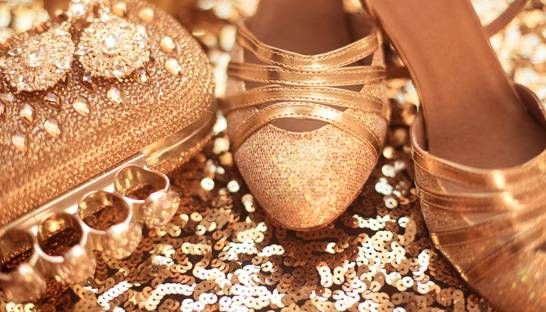When it comes to fashion, the right dress can transform not only your appearance but also your confidence. One of the most crucial factors in selecting a dress is its color. The question arises: what color dress is most flattering? This article delves into the science of color theory, the psychology of hues, and practical tips to help you choose the most flattering dress colors based on your skin tone, hair color, and personal style.
Understanding Color Theory
Color theory is a fundamental concept in art and design that explains how colors interact with one another and how they can affect human emotions and perceptions. The color wheel, which consists of primary, secondary, and tertiary colors, serves as a guide for understanding complementary and contrasting colors.
In fashion, colors can be categorized into warm, cool, and neutral tones. Warm colors (reds, oranges, yellows) tend to evoke feelings of warmth and energy, while cool colors (blues, greens, purples) are often associated with calmness and serenity. Neutral colors (whites, blacks, grays, and browns) provide a versatile backdrop that can be paired with almost any other color.
Identifying Your Skin Tone
Before selecting a dress color, it’s essential to determine your skin tone. Skin tones generally fall into three categories: warm, cool, and neutral.
- Warm Skin Tones: Characterized by yellow, peach, or golden undertones. If you tan easily and your veins appear greenish, you likely have a warm skin tone. Flattering colors for warm tones include earthy shades like olive green, mustard yellow, and warm reds.
- Cool Skin Tones: Defined by pink, red, or blue undertones. If you burn easily and your veins appear bluish, you probably have a cool skin tone. Colors that complement cool tones include jewel tones like emerald green, royal blue, and rich purples.
- Neutral Skin Tones: A mix of warm and cool undertones, neutral skin tones can wear a wide range of colors. If you have a neutral tone, you can experiment with both warm and cool colors, but shades like blush pink, soft white, and light gray often work particularly well.
The Impact of Hair Color
Your hair color also plays a significant role in determining which dress colors will be most flattering.
- Blonde Hair: Soft pastels and light colors, such as lavender, baby blue, and soft pink, tend to enhance the brightness of blonde hair. However, deeper shades like navy and burgundy can create a striking contrast.
- Brunette Hair: Rich, warm colors like chocolate brown, deep greens, and burnt orange can complement brunette hair beautifully. Jewel tones also work well, providing a vibrant contrast.
- Red Hair: Redheads often shine in earthy tones like olive green, mustard yellow, and warm browns. Avoid colors that are too close to your hair color, as they can wash you out.
The Psychology of Color
Color not only affects how we look but also influences how we feel and how others perceive us. For instance, wearing red can convey confidence and assertiveness, while blue often evokes feelings of calmness and trustworthiness. Understanding the psychological implications of color can help you choose a dress that not only flatters your appearance but also aligns with the message you wish to convey.
Practical Tips for Choosing the Right Dress Color
- Consider the Occasion: The context in which you’ll be wearing the dress matters. Bright colors may be perfect for a summer wedding, while darker shades might be more appropriate for a formal event.
- Accessorize Wisely: If you’re unsure about a particular color, consider using accessories to introduce it into your outfit. A bold handbag or statement jewelry can add a pop of color without overwhelming your look.
- Test in Natural Light: Always try on dresses in natural light to see how the color interacts with your skin tone. Artificial lighting can distort colors, leading to poor choices.
- Experiment with Patterns: Sometimes, a patterned dress can be more flattering than a solid color. Look for patterns that incorporate colors that suit your skin tone.
- Trust Your Instincts: Ultimately, the most flattering dress color is one that makes you feel confident and beautiful. Don’t hesitate to choose colors that resonate with your personal style, even if they don’t strictly adhere to color theory guidelines.
Conclusion
Choosing the most flattering dress color involves a blend of understanding color theory, recognizing your skin tone and hair color, and considering the psychological effects of color. By applying these principles, you can select dresses that not only enhance your appearance but also boost your confidence. Remember, fashion is an art, and the most beautiful canvas is one that reflects your unique personality and style. So, embrace the colors that make you feel your best, and let your wardrobe express who you truly are.


